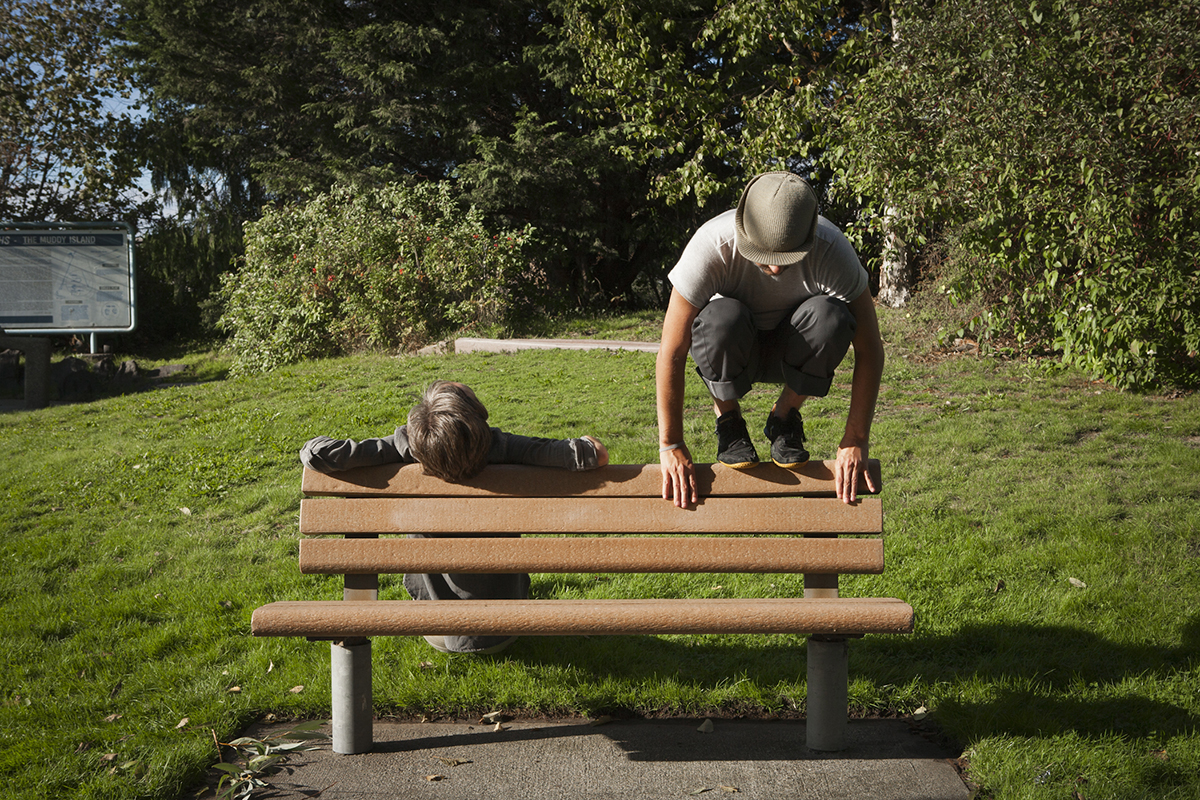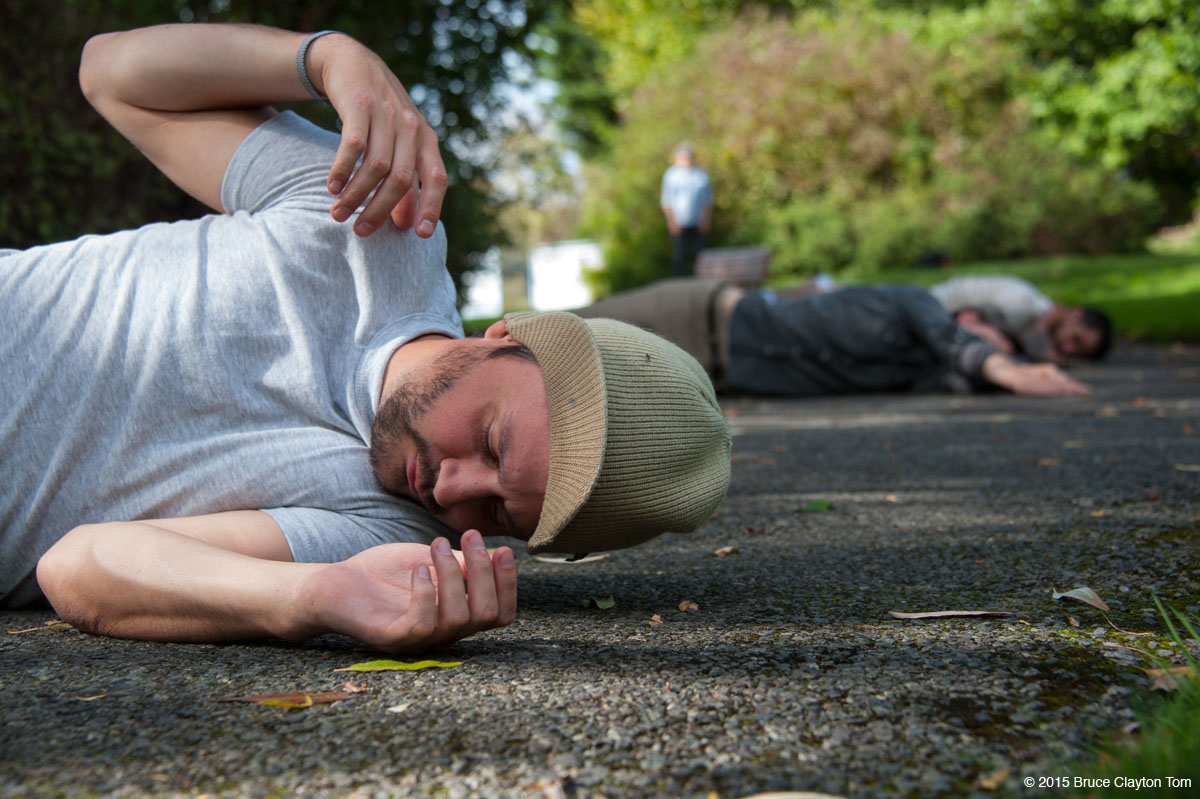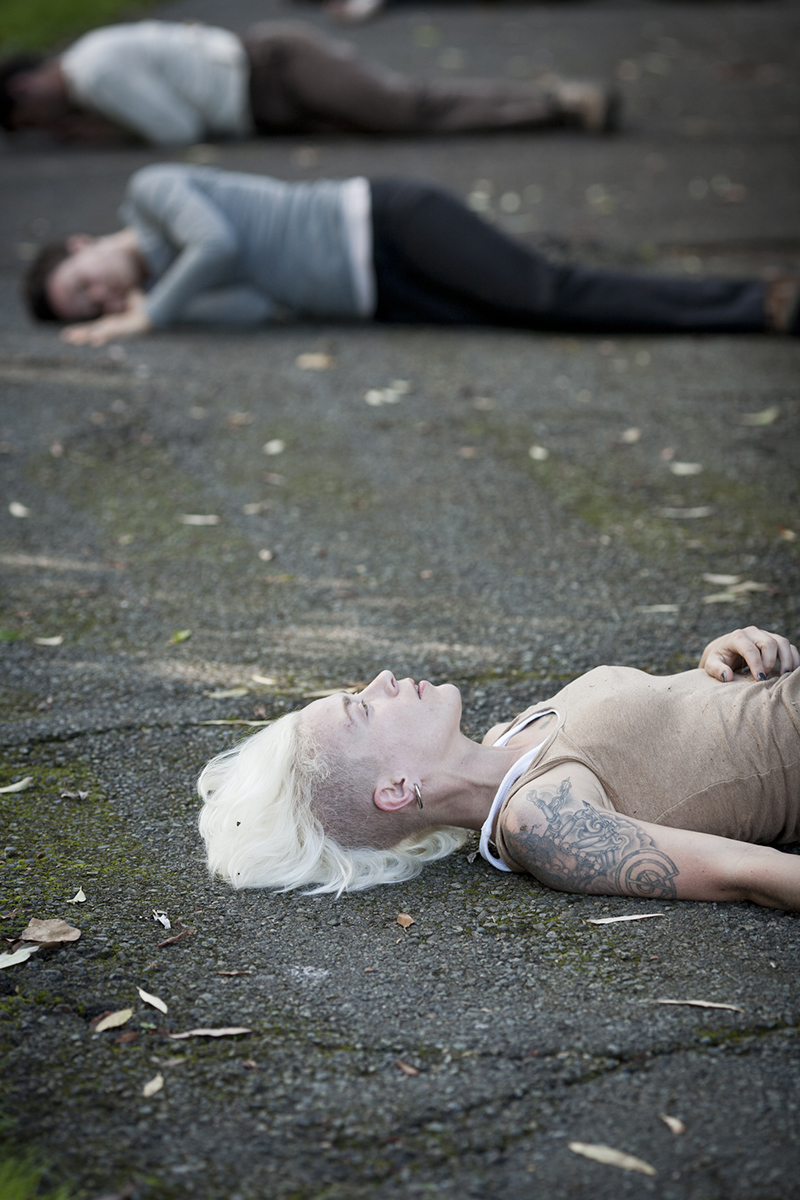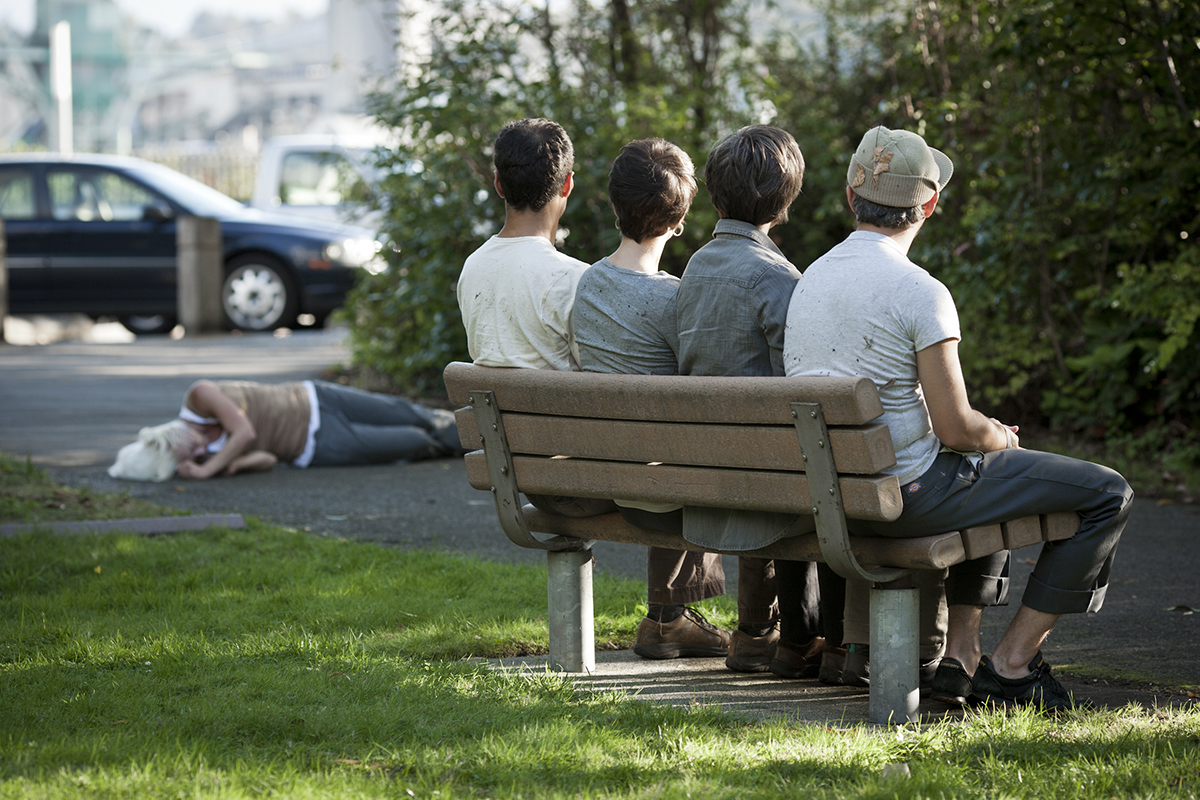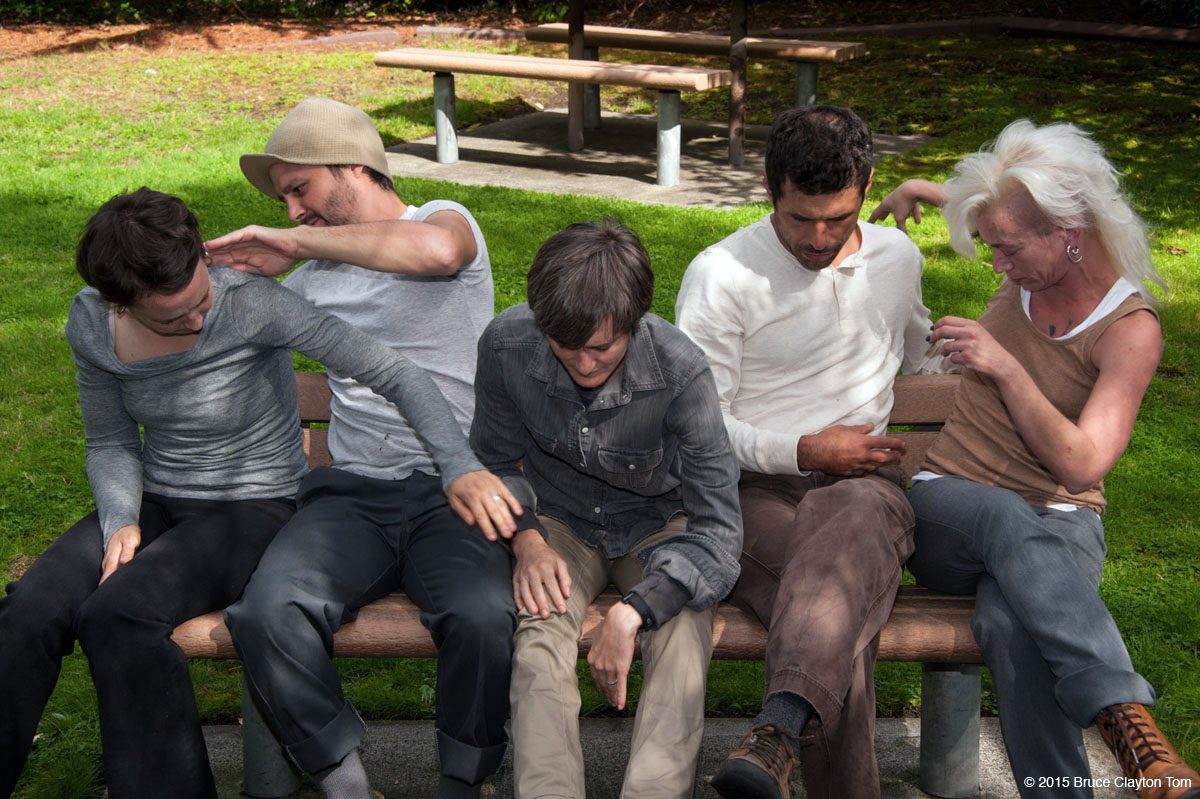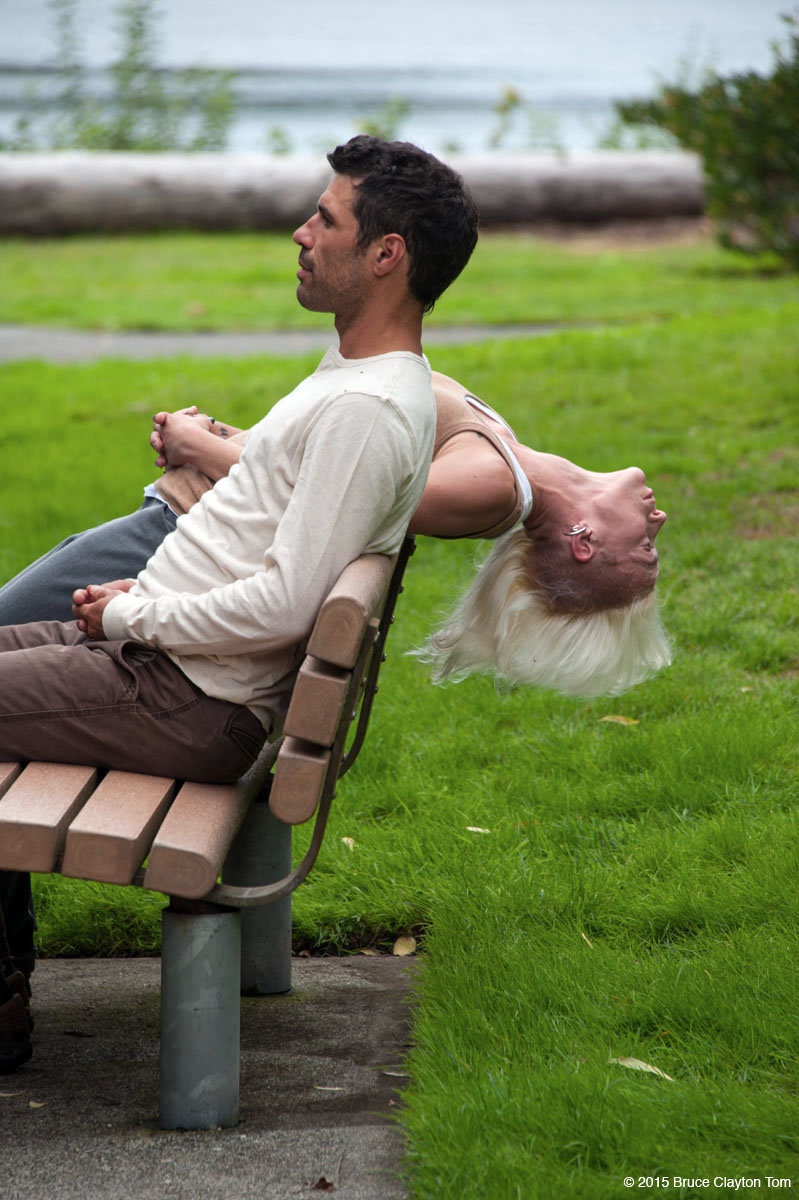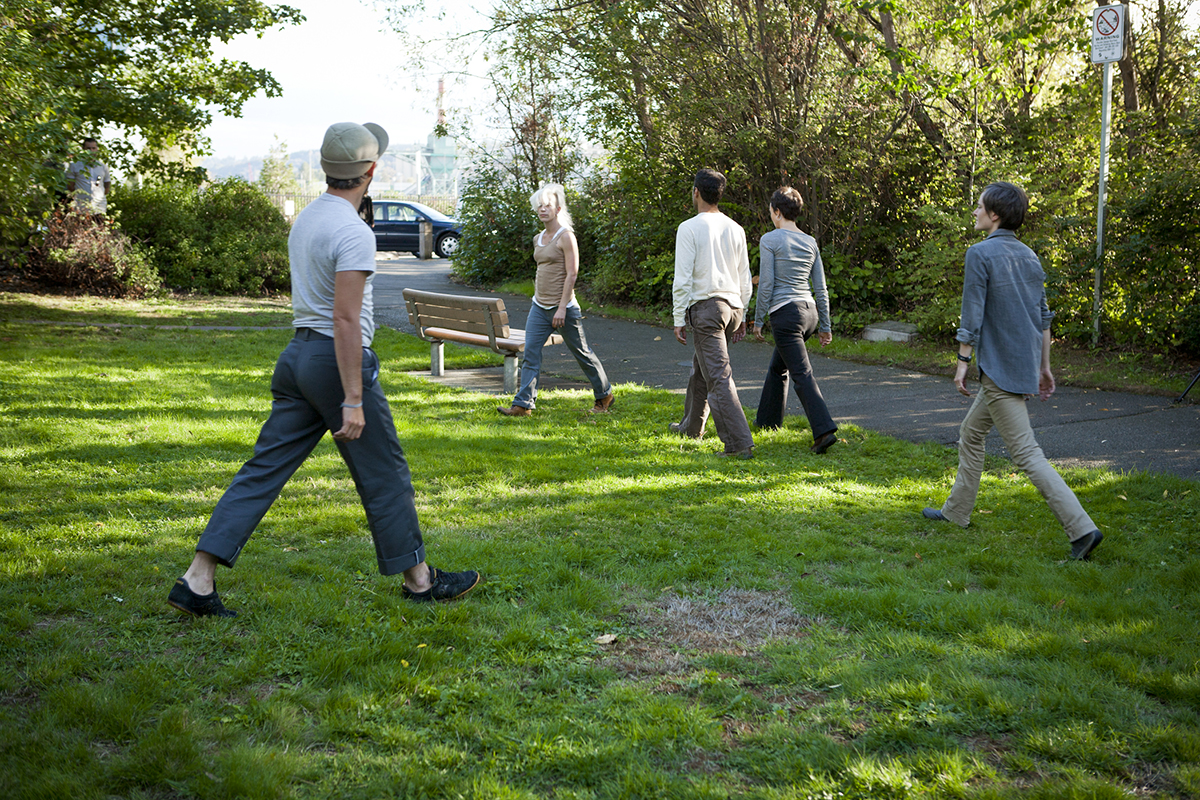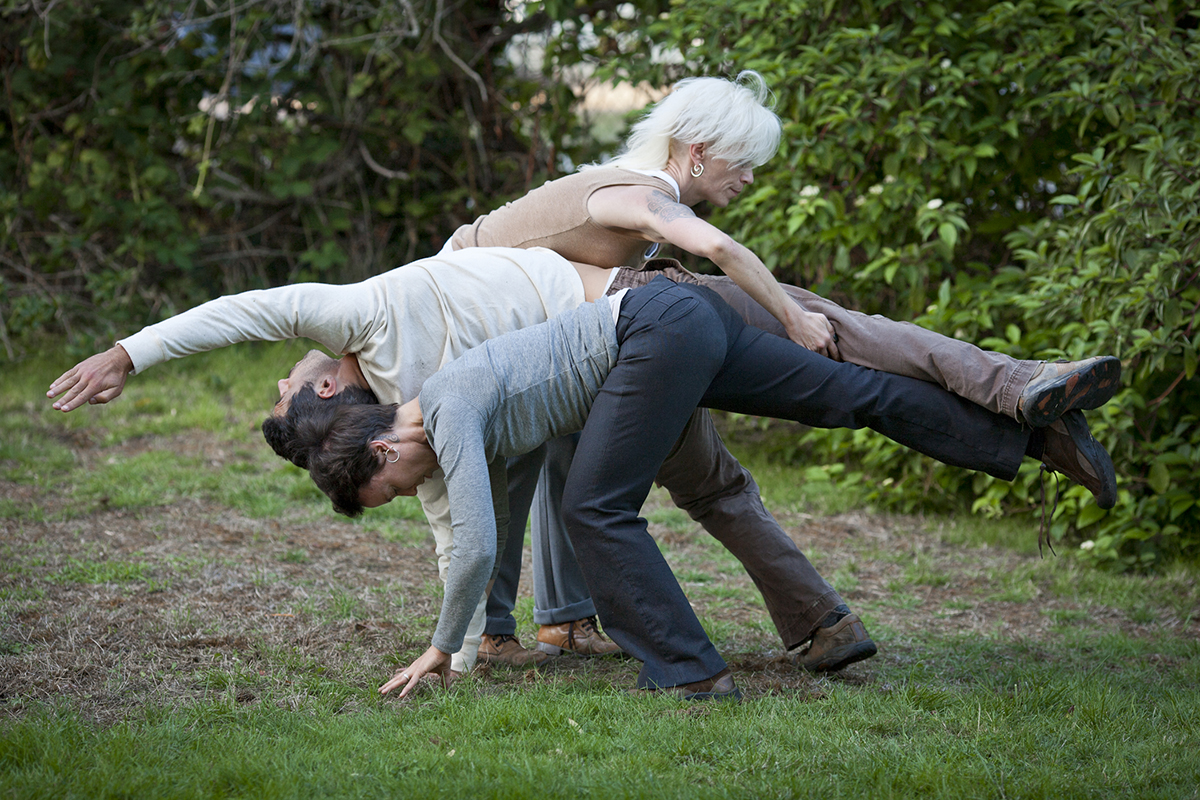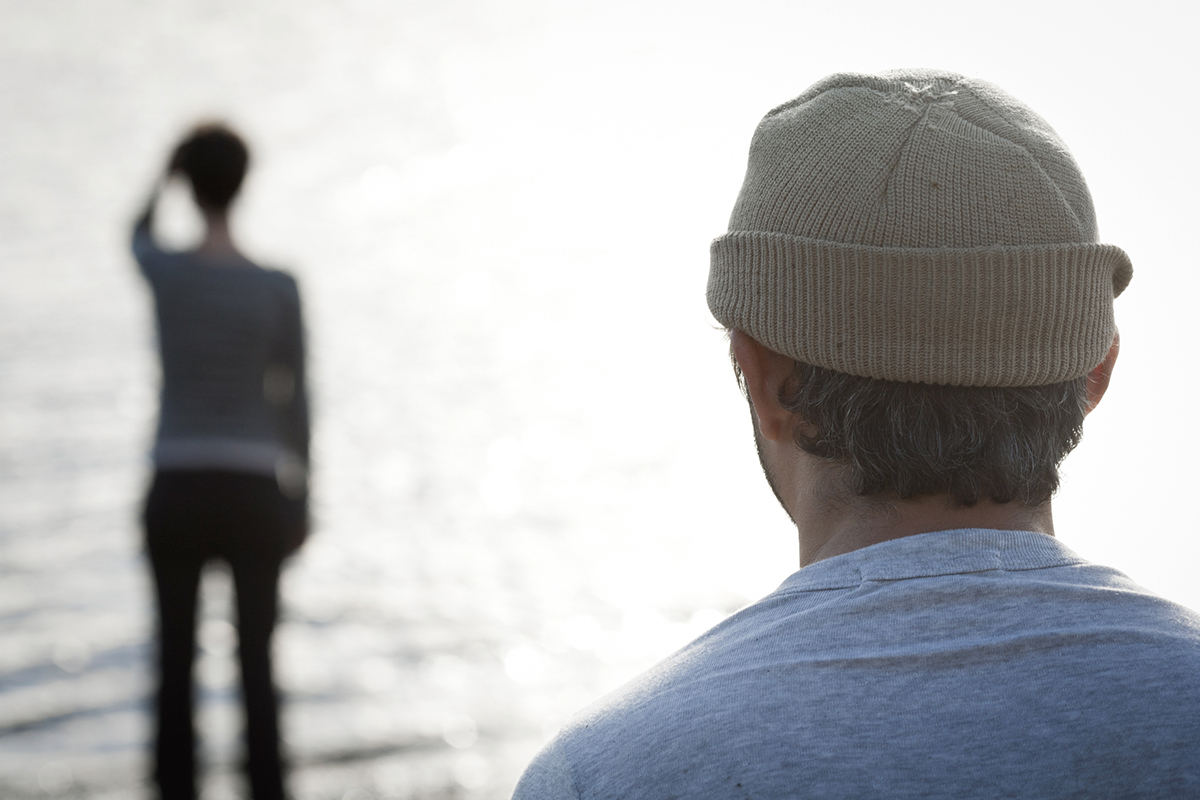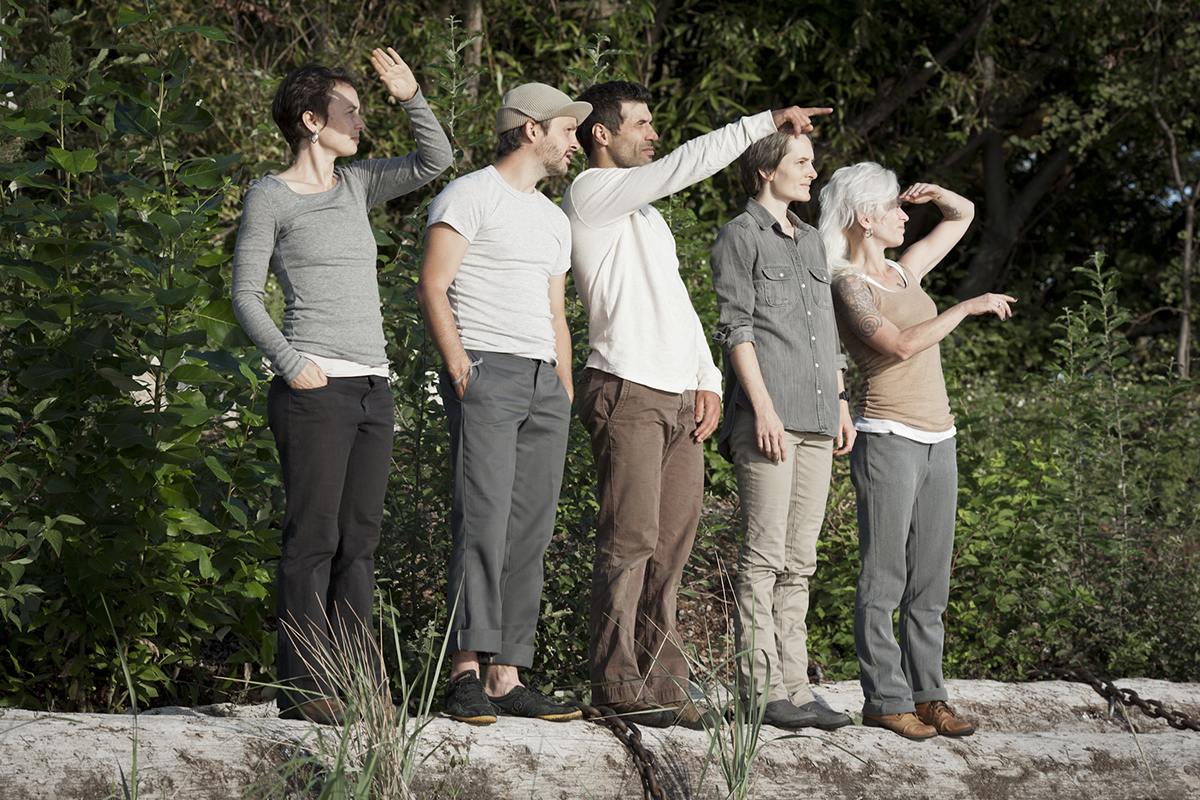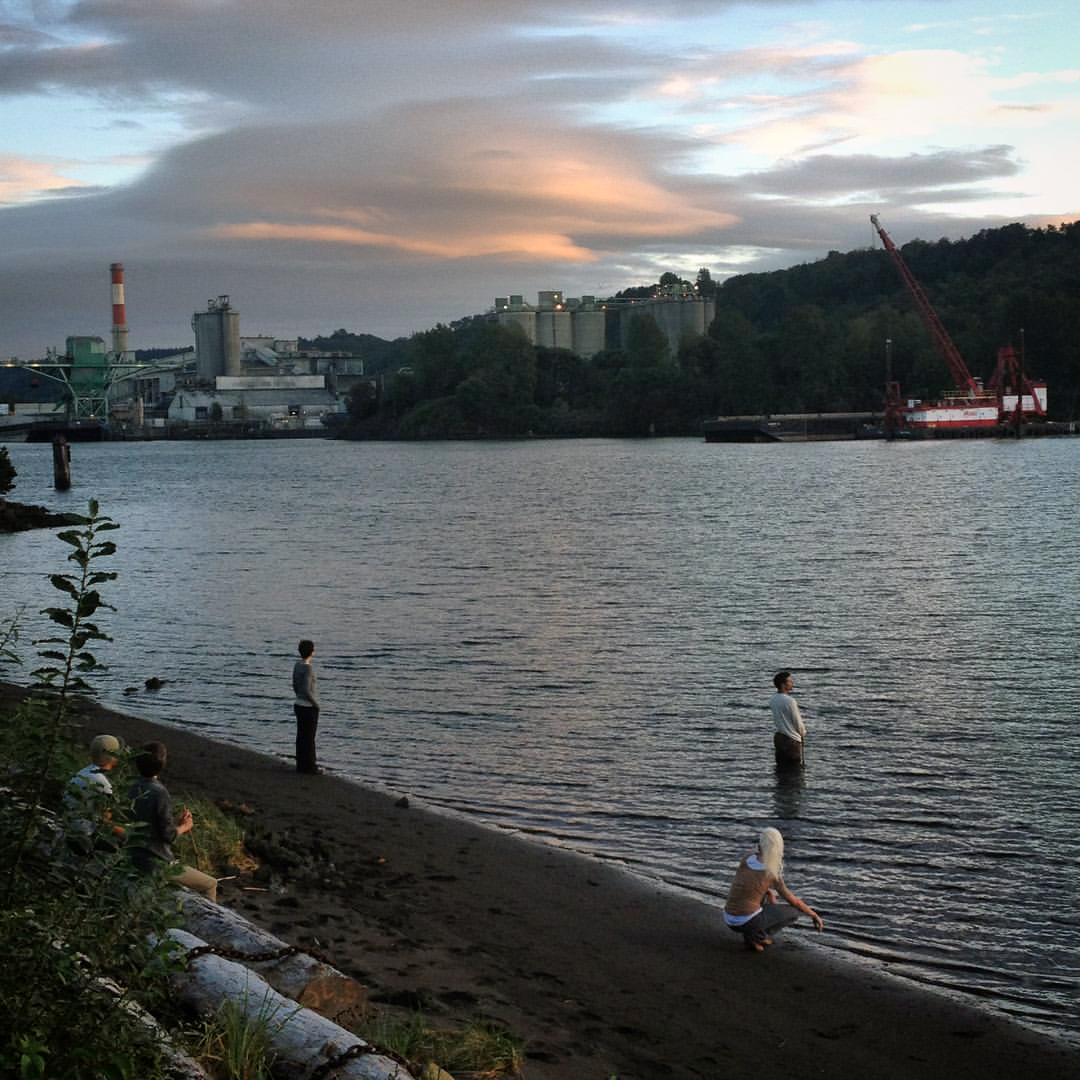STUDY OF TIME AND MOTION: rest/forward
September 19, 2015. 2-7pm
Duwamish River: The Estuary/T108 park. Seattle, WA
Directed/Choreographed with Tamin Totzke
Performance created with collaborators/performers: Ezra Dickinson, Mary Margaret Moore, Kt Shores, Aaron Swartzman + Tamin Totzke.
Study of Time and Motion is a collaborative performance project that explores human connection within the modern push toward efficiency through a series of site specific performances reactivate Seattle’s vacant Georgetown Steam Plant and the Duwamish River it once relied upon. Incorporating video installation at the plant and public signposts along the environs of the Duwamish River, this multidisciplinary project invites viewers to think through how the body moves us forward.
Set along the Duwamish River, rest/forward was the first of a two part site-specific performance that reactivates motion studies expert Frank Gilbreth’s 18 elemental gestures of efficiency and inefficiency. During a five hour span, five performers assemble and disassemble, cycling through pedestrian actions in a measured cadence that transforms with repetition and time. This choreographed meditation traverses a river exploited for innovation examining the role of human relationships within our contemporary push toward efficiency.
rest/forward asks: Can the human body restore a river that has experienced great loss in its meandering relationship with industry?
To learn more read a generous and critical reflection on the project:
Stepping, In Time by Elissa Favero, published on the online art journal "Critical Read".
STUDY OF TIME AND MOTION: rest/forward is generously funded by a 4Culture Historic Site Specific Project Grant and Duwamish Revealed. This work was part of the Duwamish Revealed Project Series.
